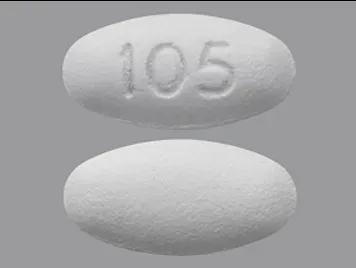Sparsentan Disease Interactions
There are 3 disease interactions with sparsentan.
Endothelin receptor antagonists (applies to sparsentan) hepatotoxicity/liver impairment
Major Potential Hazard, Moderate plausibility. Applicable conditions: Liver Disease
Endothelin receptor antagonists (ERAs) have been associated with aminotransferase elevations, hepatotoxicity, and cases of liver failure. Hepatic function should be assessed before treatment initiation and closely monitored during treatment. Therapy should be discontinued if aminotransferase elevations are accompanied by increases in bilirubin, or clinical symptoms of hepatotoxicity such as nausea, vomiting, fever, abdominal pain or jaundice. Treatment should be avoided in patients with elevated aminotransferases at baseline as monitoring for hepatotoxicity may be more difficult. In general, the use of ERAs is not recommended for patients with moderate to severe hepatic impairment.
Endothelin receptor antagonists (applies to sparsentan) fluid retention
Moderate Potential Hazard, Moderate plausibility. Applicable conditions: Congestive Heart Failure
Peripheral edema and fluid retention are known clinical consequences of pulmonary hypertension and also known effects of endothelin receptor antagonists. Caution and monitoring is recommended if these agents are used in patients with underlying left ventricular dysfunction or underlying heart failure, as they have an increased risk for developing significant fluid retention that may need treatment or require discontinuation.
Sparsentan (applies to sparsentan) renal impairment
Moderate Potential Hazard, Moderate plausibility. Applicable conditions: Renal Dysfunction
Sparsentan is associated with a risk of renal impairment, including acute kidney injury, and hyperkalemia. Patients with renal artery stenosis, chronic kidney disease, severe congestive heart failure, or volume depletion may be at particular risk of developing acute kidney injury or hyperkalemia. Use caution and monitor renal function closely.
Switch to professional interaction data
Sparsentan drug interactions
There are 598 drug interactions with sparsentan.
Sparsentan alcohol/food interactions
There are 3 alcohol/food interactions with sparsentan.
More about sparsentan
- sparsentan consumer information
- Check interactions
- Compare alternatives
- Side effects
- Dosage information
- During pregnancy
- Drug class: miscellaneous cardiovascular agents
- En español
Related treatment guides
Drug Interaction Classification
| Highly clinically significant. Avoid combinations; the risk of the interaction outweighs the benefit. | |
| Moderately clinically significant. Usually avoid combinations; use it only under special circumstances. | |
| Minimally clinically significant. Minimize risk; assess risk and consider an alternative drug, take steps to circumvent the interaction risk and/or institute a monitoring plan. | |
| No interaction information available. |
See also:
Further information
Always consult your healthcare provider to ensure the information displayed on this page applies to your personal circumstances.


